- Joined
- 21 April 2009
- Messages
- 13,745
- Reaction score
- 7,666

China’s Long March 6A rocket is making a mess in low-Earth orbit
After nearly every flight, the upper stage of this rocket breaks apart in orbit.

Good luck with that. Reckless abandon seems to be pseudo communist chinese government policy these days.NASA, ESA and Roscosmos need to have a very serious chat with whoever runs the PRC's space programme about making sure spent upper-stages don't go boom while in orbit.
Good luck with that. Reckless abandon seems to be communist chinese government policy these days.
Assuming you're actually trying to address the Kessler Syndrome, see https://en.wikipedia.org/wiki/Kessler_syndrome, rather than the Kistler one, which I am completely unaware of, good question, but gross irresponsibility seems to be a pervasive thread/hallmark of Chinese policies and politics these days, so?If that's the case then the PRC is being grossly irresponsible as this will affect their own satellites too, has someone explained to the relevant Chinese officials what the Kistler syndrome is?
Assuming you're actually trying to address the Kessler Syndrome
To honestly answer your question, I have no idea whatsoever whether anyone has explained to the relevant Chinese officials what the Kessler syndrome is, but my opinionated response above with respect to gross incompetence of Chinese policies and politics these days still standsI meant Kessler syndrome, I'm editing my previous post to reflect that.
That I understand. I just do not know why their passivation standards/equipment were so problematic in the first place.
... not paying attention. Still aren't, by the look of it.the people who were responsible were
I do wonder though if that breakup/debris cloud was intended to hide something else being deployed.
But, how sure are we that at least some of them have not being compromised in some manner by the Chinese? Also, what ever might have been deployed may have its own organic stealth systems.
To the things they care about, possibly.I'm pretty sure they are paying attention

 spacenews.com
spacenews.com


First launch of a CZ4B from Xichang and First use of a 4.2m fairing on a CZ4 series launcher.YG-43 group 1 new technology tests satellites of a LEO Constellation System. Likely PLA "Proliferated spy constellation/Starshield" test sats

Long March 4B launches experimental Yaogan-43 satellite group
HELSINKI — China successfully launched the first of a new group of Yaogan satellites Friday to test technologies for a low Earth orbit constellation. A Long March 4B rocket lifted off from Xichang …spacenews.com
9 sats. Same orbit as YG35/36/39/42.YG-43 group 1 new technology tests satellites of a LEO Constellation System. Likely PLA "Proliferated spy constellation/Starshield" test sats

Long March 4B launches experimental Yaogan-43 satellite group
HELSINKI — China successfully launched the first of a new group of Yaogan satellites Friday to test technologies for a low Earth orbit constellation. A Long March 4B rocket lifted off from Xichang …spacenews.com
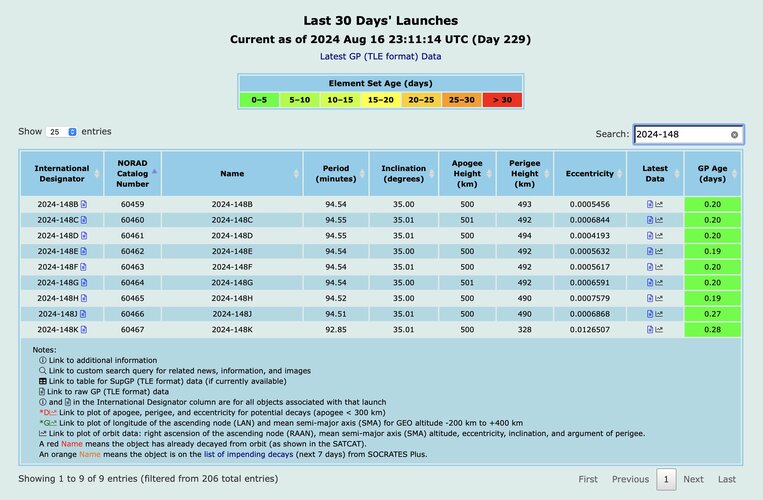
In the middle between the first two planes9 sats. Same orbit as YG35/36/39/42.
View attachment 737136
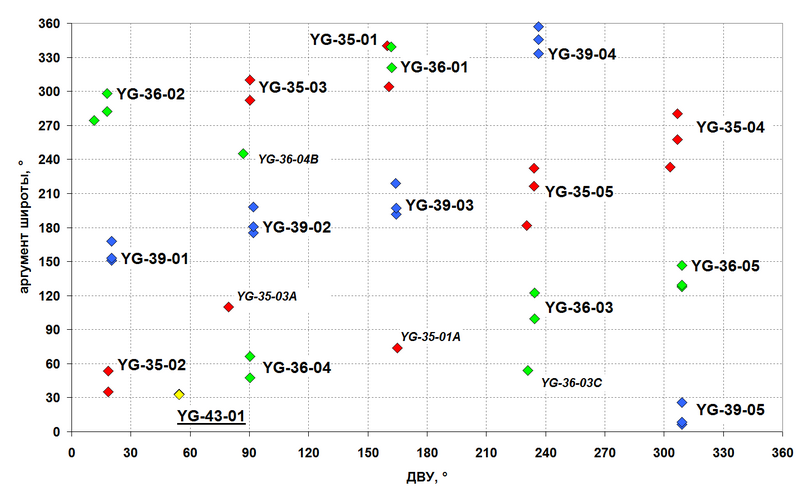

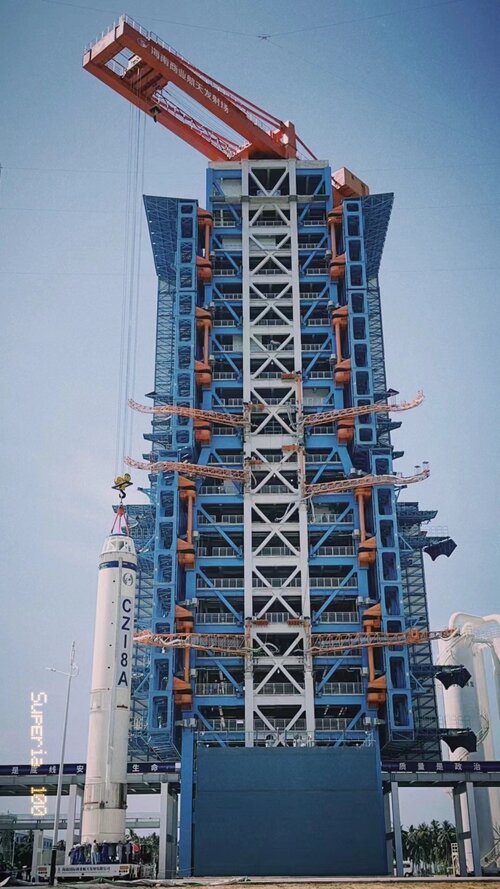

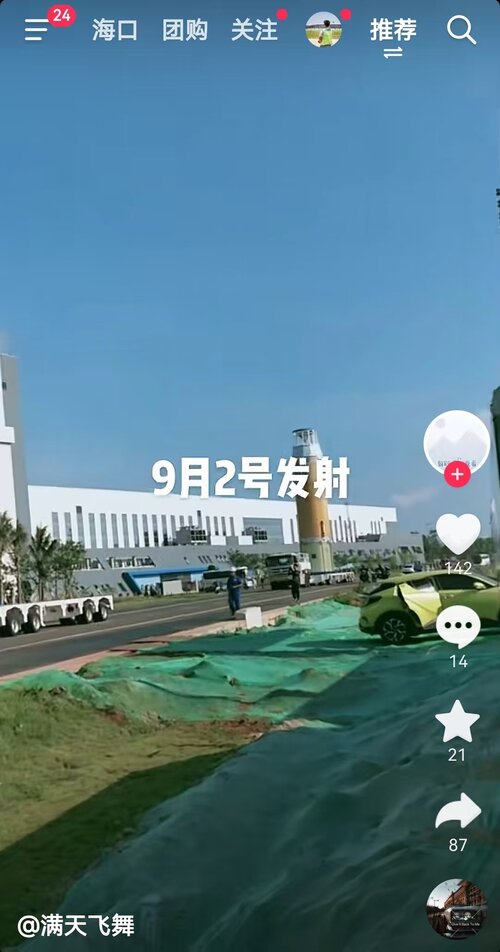
If I had to make some guessesWhat has prevented the 100 goal from being reached? Was more expected from private companies? It seems like a wave of new rockets will launch next year.
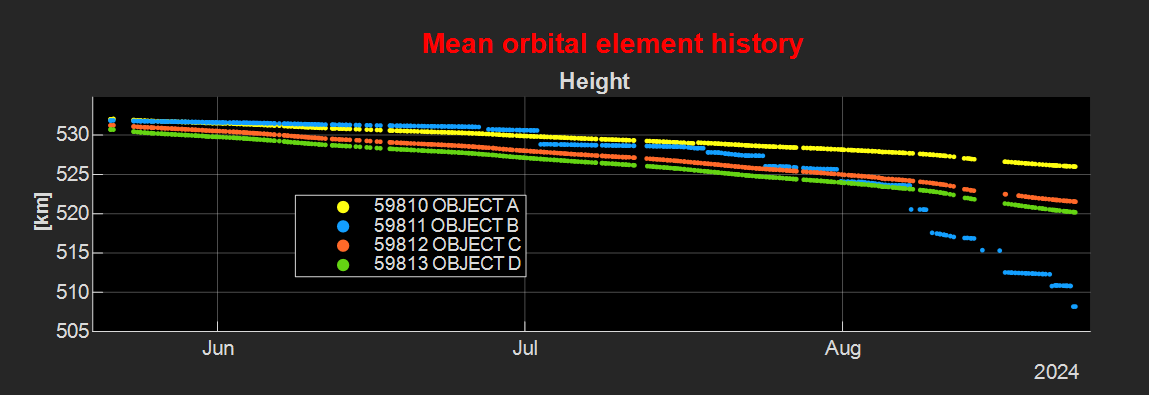
Launch of 6 new YG-43 Group 2 prototype satellites. A total of 100 satellites were launched into this orbit since 2017.YG-43 group 1 new technology tests satellites of a LEO Constellation System. Likely PLA "Proliferated spy constellation/Starshield" test sats

Long March 4B launches experimental Yaogan-43 satellite group
HELSINKI — China successfully launched the first of a new group of Yaogan satellites Friday to test technologies for a low Earth orbit constellation. A Long March 4B rocket lifted off from Xichang …spacenews.com
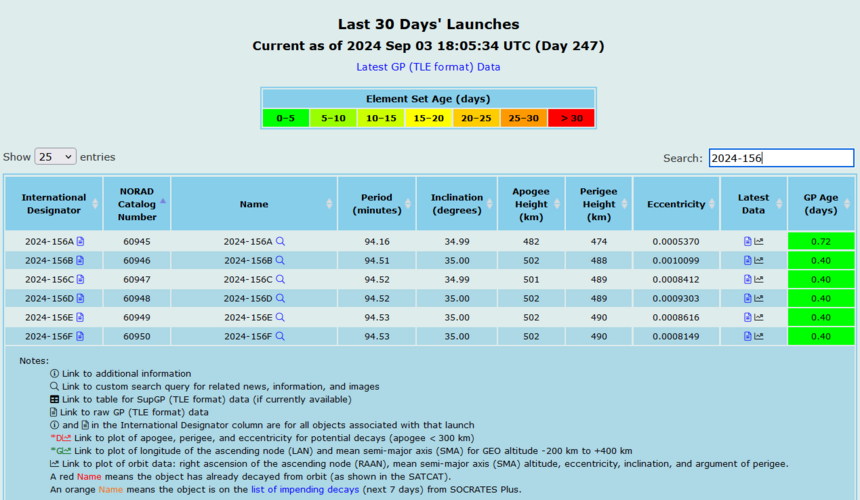


Do note that this always stayed subsonic.Flight of 200.7s, the engine first fired for 113s then shut down until reaching an apogee of 10,002m, the engine reignited at 4,640m altitude on descent while the rocket was going at Mach 0.8, the landing zone was 3.2km from the launch pad, the landing accuracy was 1.7m and the landing speed was 1.65 m/s, the landing mass was 35t
The rocket is 3.35m in diameter by 18.3m tall and has a lift off mass of 68t, it is equipped with an improved TQ-12 engine of 80tf thrust capable of throttling from 45% to 111% and of relighting several times.
